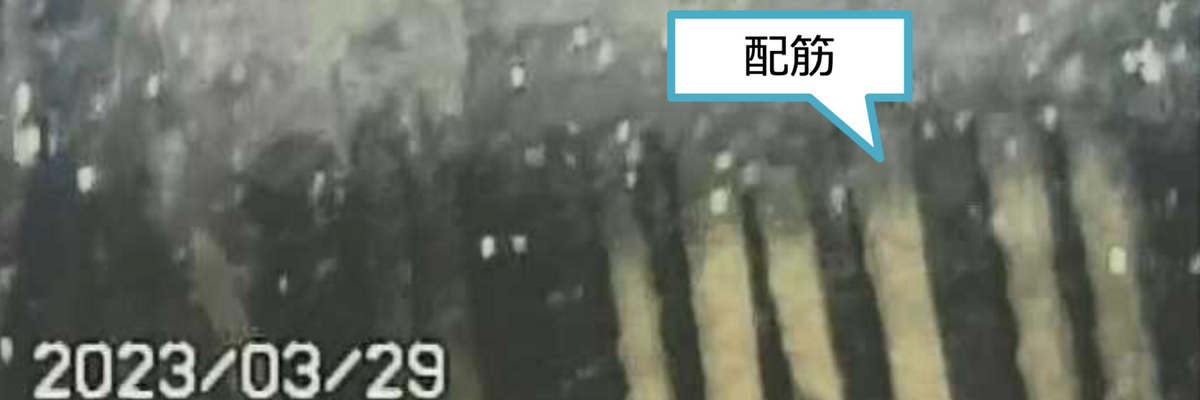Images released Tuesday by the operator of Japan's destroyed Fukushima nuclear power plant showed significant damage on the inside of one of the facility's three melted reactors, heightening fears that another earthquake in the region could spark a fresh radioactive catastrophe.
The Associated Pressreported Tuesday that Tokyo Electric Power Company Holdings (TEPCO) sent an underwater remotely operated vehicle into the damaged reactor's "Unit 1 pedestal, a supporting structure right under the core."
"It came back with images seen for the first time since an earthquake and tsunami crippled the plant 12 years ago. The area inside the pedestal is where traces of the melted fuel can most likely be found," the outlet noted. "An approximately five-minute video—part of 39-hour-long images captured by the robot—showed that the 120-centimeter (3.9-foot)-thick concrete exterior of the pedestal was significantly damaged near its bottom, exposing the steel reinforcement inside."
AP added that "the images of the exposed steel reinforcement have triggered concerns about the reactor’s safety."
A TEPCO official said during a briefing Tuesday that while "there were some areas" that the robotic probe was unable to examine, the company believes damage to the reactor is "spread across large areas."
An estimated 880 tons of radioactive melted nuclear fuel are still inside the three Fukushima reactors.
The images were made public as TEPCO faced pressure from Fukushima's governor to conduct tests to ensure the structure can withstand another earthquake.
The new photos also came as TEPCO is preparing to dump more than a million tons of treated radioactive wastewater into the sea, drawing local and international outrage.
Last month, a spokesperson for China's foreign ministry called the plan "extremely irresponsible" and warned that "Japan's release of treated nuclear-contaminated water from the Fukushima plant concerns the global marine environment and public health, which is not a private matter for the Japanese side."
